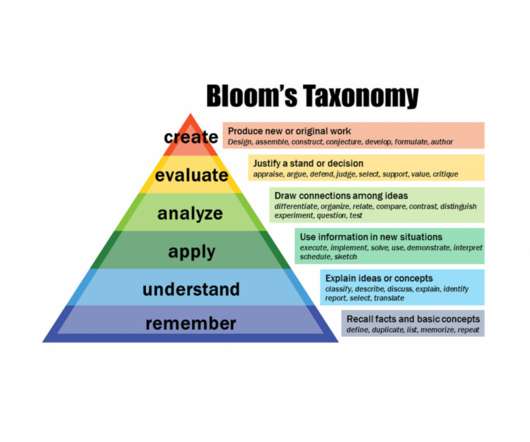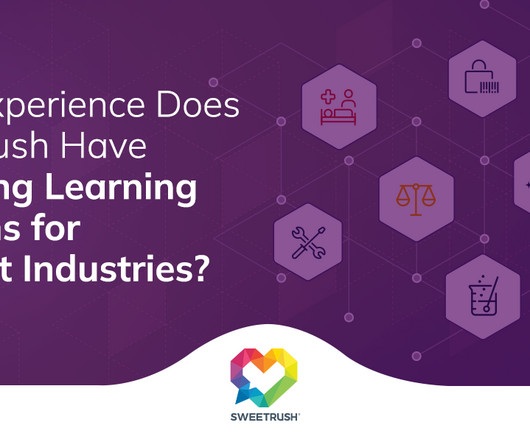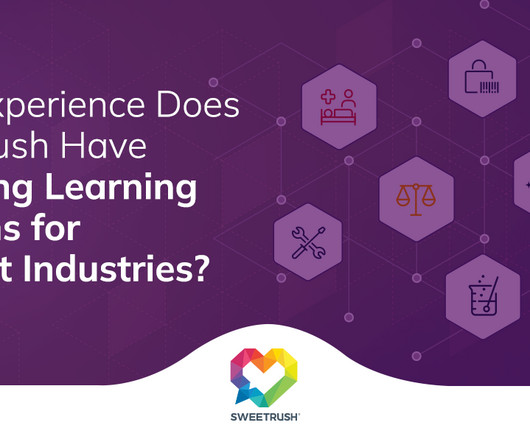Tips on Creating Clear Learning Objectives
KnowledgeOne
JUNE 30, 2020
Defining clear learning objectives is a challenging first step when creating a course. By providing a clear focus, both the teaching and the learning paths become more coherent and easier to envision. By providing a clear focus, both the teaching and the learning paths become more coherent and easier to envision.







































Let's personalize your content